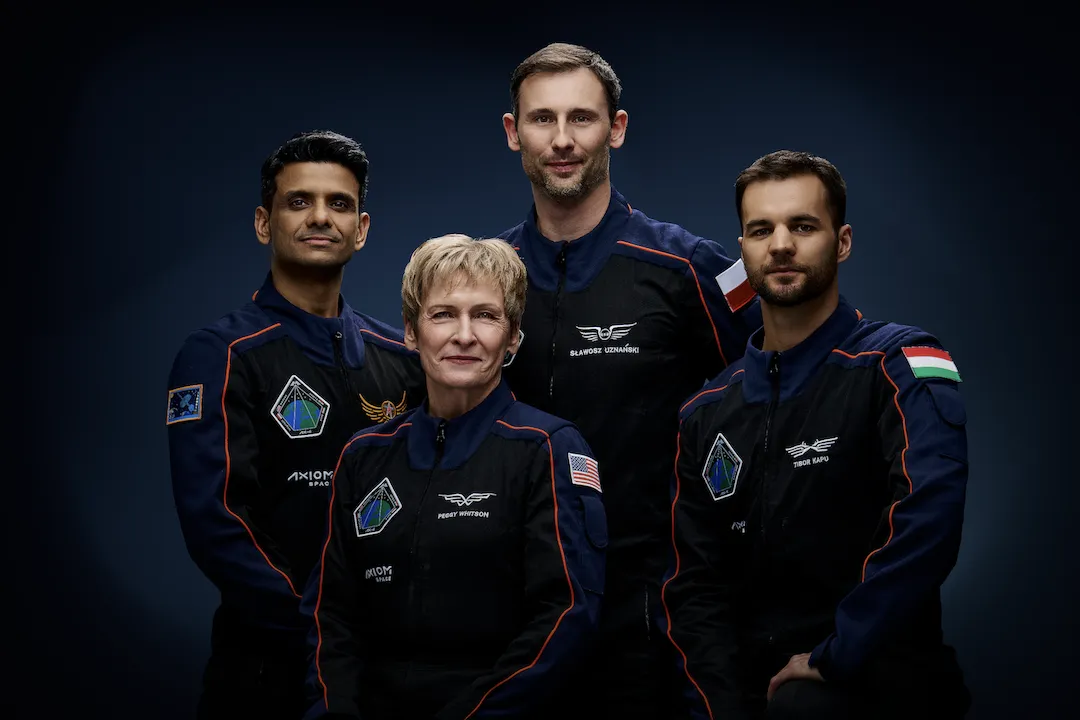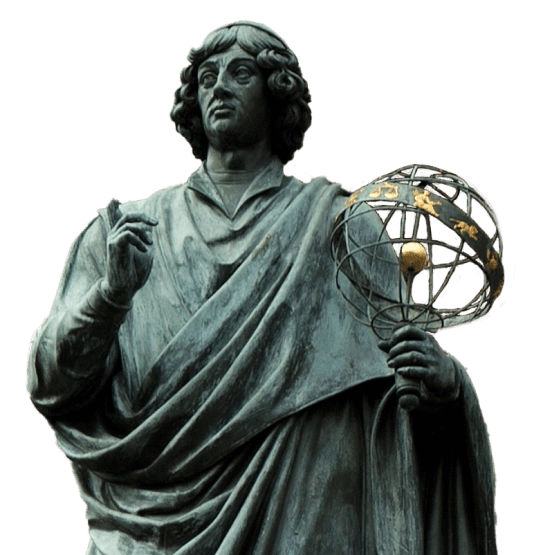On May 29, 2025, the Axiom 4 (Ax-4) mission will launch from the John F. Kennedy Space Center in Florida to the International Space Station (ISS). The crew includes Polish astronaut Sławosz Uznański-Wiśniewski, who will become the second Pole in space and the first to visit the ISS.
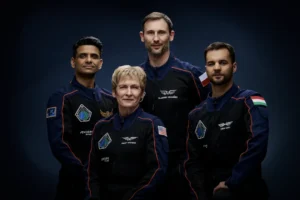
Crew members and mission objective
The Ax-4 mission is a joint venture between Axiom Space and SpaceX, carried out in cooperation with NASA. The crew consists of commander Peggy Whitson (USA), pilot Shubhanshu Shukla (India), mission specialist Tibor Kapu (Hungary) and mission specialist Sławosz Uznański-Wiśniewski (Poland). The flight will last from 14 to 21 days and will be carried out using a Falcon 9 Block 5 rocket and a Crew Dragon capsule.
Polish IGNIS mission
The Polish part of the Ax-4 mission, named IGNIS, is funded by the Ministry of Economic Development and Technology. Sławosz Uznański-Wiśniewski, as a project astronaut for the European Space Agency (ESA), will conduct more than a dozen scientific and technological experiments prepared by Polish institutions and companies. He will research, among others, the effects of microgravity on human health, the microbiome, new materials and the application of artificial intelligence in space conditions.
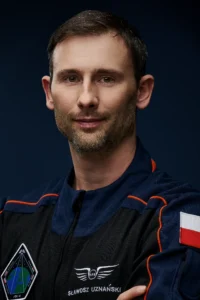
Training and preparation
Prior to the mission, the crew will undergo intensive training at Axiom Space, NASA, SpaceX, ESA and JAXA centers. The goal is to ensure that they are fully ready to carry out their tasks on the ISS. Sławosz Uznański-Wiśniewski, an engineer by training, has been serving as an ESA project astronaut since September 1, 2023, preparing to participate in space missions.
Importance of the mission for Poland
Poland’s participation in the Ax-4 mission is an important step in the development of the country’s space sector. Conducting experiments on the ISS will allow testing and development of technologies in microgravity conditions, which can benefit various fields of industry and science. The IGNIS mission symbolizes Poland’s involvement in international space projects and opens up new opportunities for domestic scientists and engineers.
Sources: European Space Agency, Wikipedia, PolsatNews.pl, AstroNET / Photos: axiomspace.com

